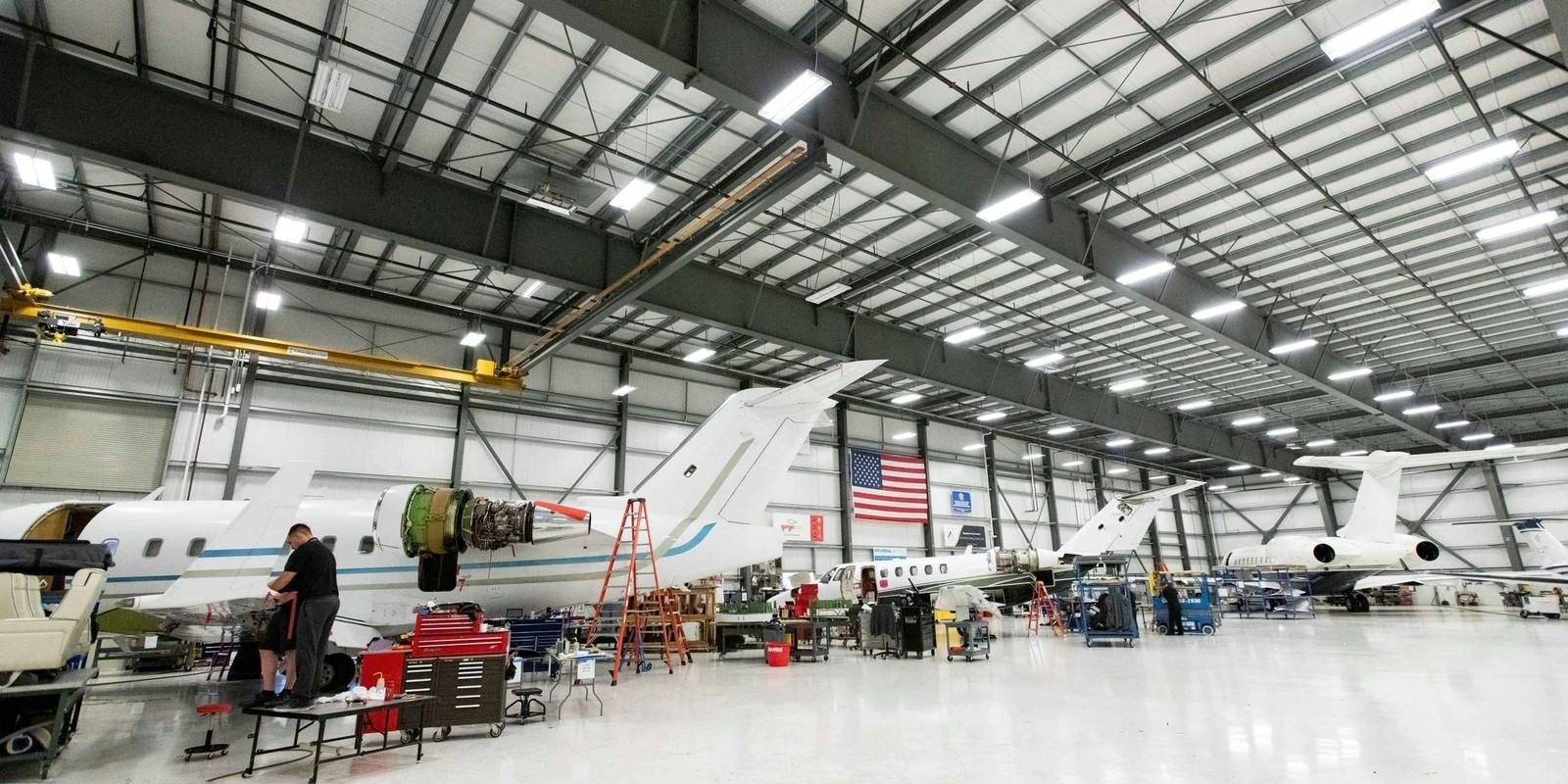
AeroGenie — 您的智能副驾驶。
热门趋势
Categories
Namibia to Launch New National Airline Instead of Reviving Air Namibia
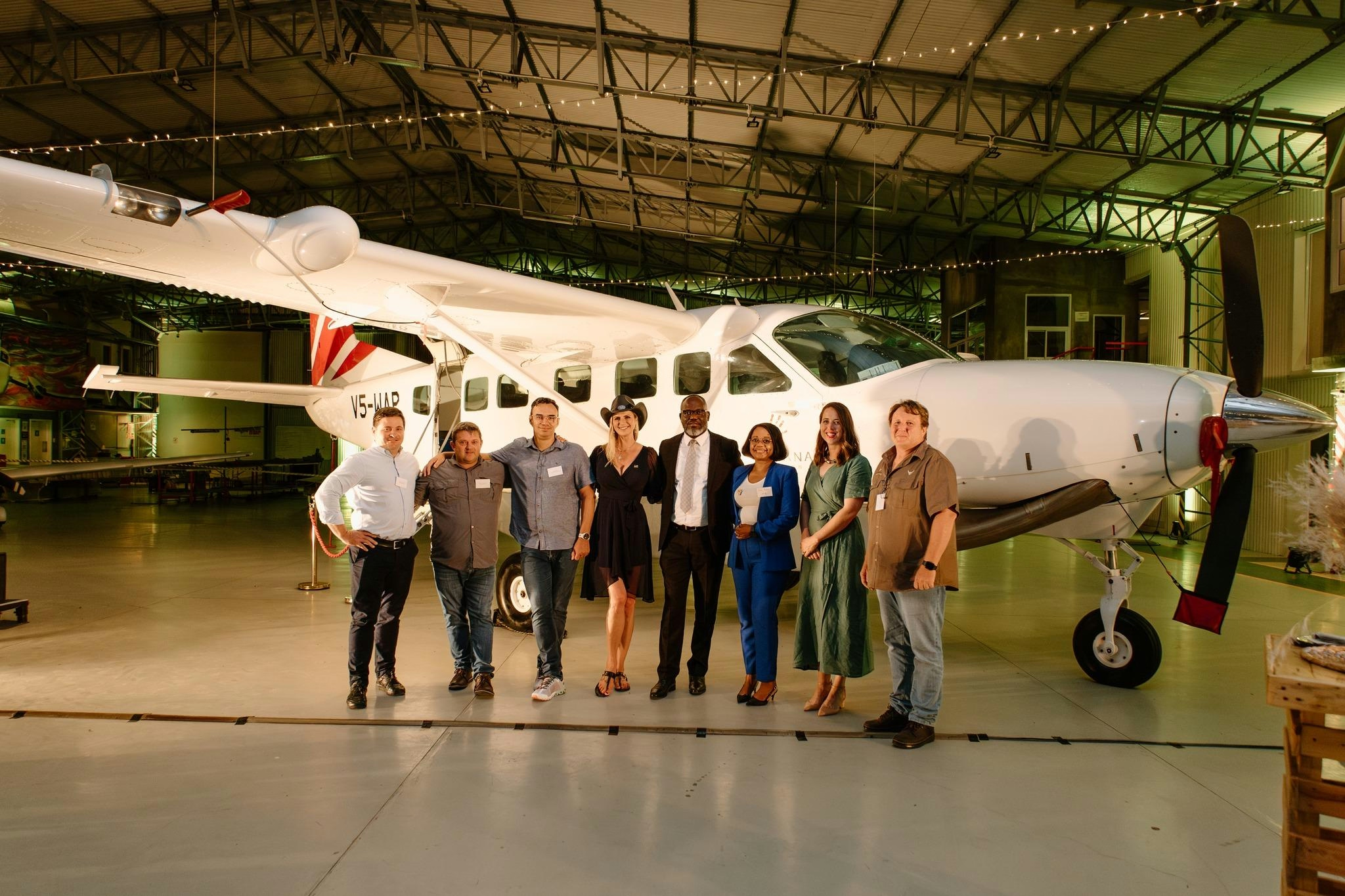
Namibia to Establish New National Airline, Abandoning Air Namibia Brand
Namibia is moving forward with plans to launch a new national airline, deliberately choosing not to revive the defunct Air Namibia brand, Works and Transport Minister Veikko Nekundi confirmed this week. Although an official launch date has not yet been announced, preparations are underway, and a more definitive timeline is expected within the next two months.
Government’s Vision for a Sustainable Carrier
In an interview with the New Era newspaper, Minister Nekundi stressed that the government’s priority is to build a sustainable airline from the ground up rather than resurrecting the previous flag carrier. “We are not reviving Air Namibia. We are reviving a national airline. Once we are at the appropriate time, we shall then look at the appropriate name,” he stated.
Air Namibia was liquidated in March 2021 after decades of financial difficulties, having received approximately NAD8 billion (USD453 million) in state bailouts. Nekundi attributed the airline’s collapse to “serious mismanagement” and “a lack of accountability.” Despite this troubled history, he expressed confidence that a new airline could succeed with proper governance and decision-making aligned with the interests of the company, taxpayers, and the nation.
President Netumbo Nandi-Ndaitwah has pledged full support for the initiative, allocating NAD20 million (USD1.13 million) for a feasibility study overseen by the Ministry of Works and Transport. The establishment of a national airline is a central element of the ruling SWAPO party’s election manifesto implementation plan. Nandi-Ndaitwah emphasized the importance of the new carrier in enhancing Namibia’s transport infrastructure and improving regional and international connectivity. She noted that current weak transport links impede trade and limit the country’s ability to fully benefit from the African Continental Free Trade Area (AfCFTA).
Market Context and Challenges Ahead
Namibia’s primary international airport, Windhoek International (Hosea Kutako International), is currently dominated by foreign carriers. According to ch-aviation data, South African regional airline Airlink holds the largest share of weekly seats at 29%. Airlink also maintains a minority stake in FlyNamibia, a local private carrier that codeshares with Airlink and operates routes to destinations including Cape Town, Victoria Falls, Maun, and Mpacha/Katima Mulilo, as well as domestic flights from Windhoek Eros Airport. Other significant operators at Windhoek International include Germany’s Discover Airlines (24.67%), South African Airways (23.22%), and Ethiopian Airlines (16.27%), with smaller shares held by TAAG Angola Airlines, FlySafair, Air Botswana, and Fly Angola.
Launching a new national airline presents considerable challenges. Namibia faces intense competition from well-established regional and international carriers, high operational costs, and the need for significant investment in infrastructure. Market skepticism remains high following the failure of Air Namibia, and competitors may respond aggressively by adjusting fares or enhancing services to protect their market share. Additionally, broader industry trends such as rising fuel prices, labor shortages, and shifting consumer preferences—factors that have recently affected budget airlines like Spirit Airlines in the United States—could also impact the new carrier’s viability.
Despite these obstacles, Namibian officials remain optimistic that a carefully managed national airline could play a crucial role in advancing the country’s economic development and improving its connectivity within the region and beyond.
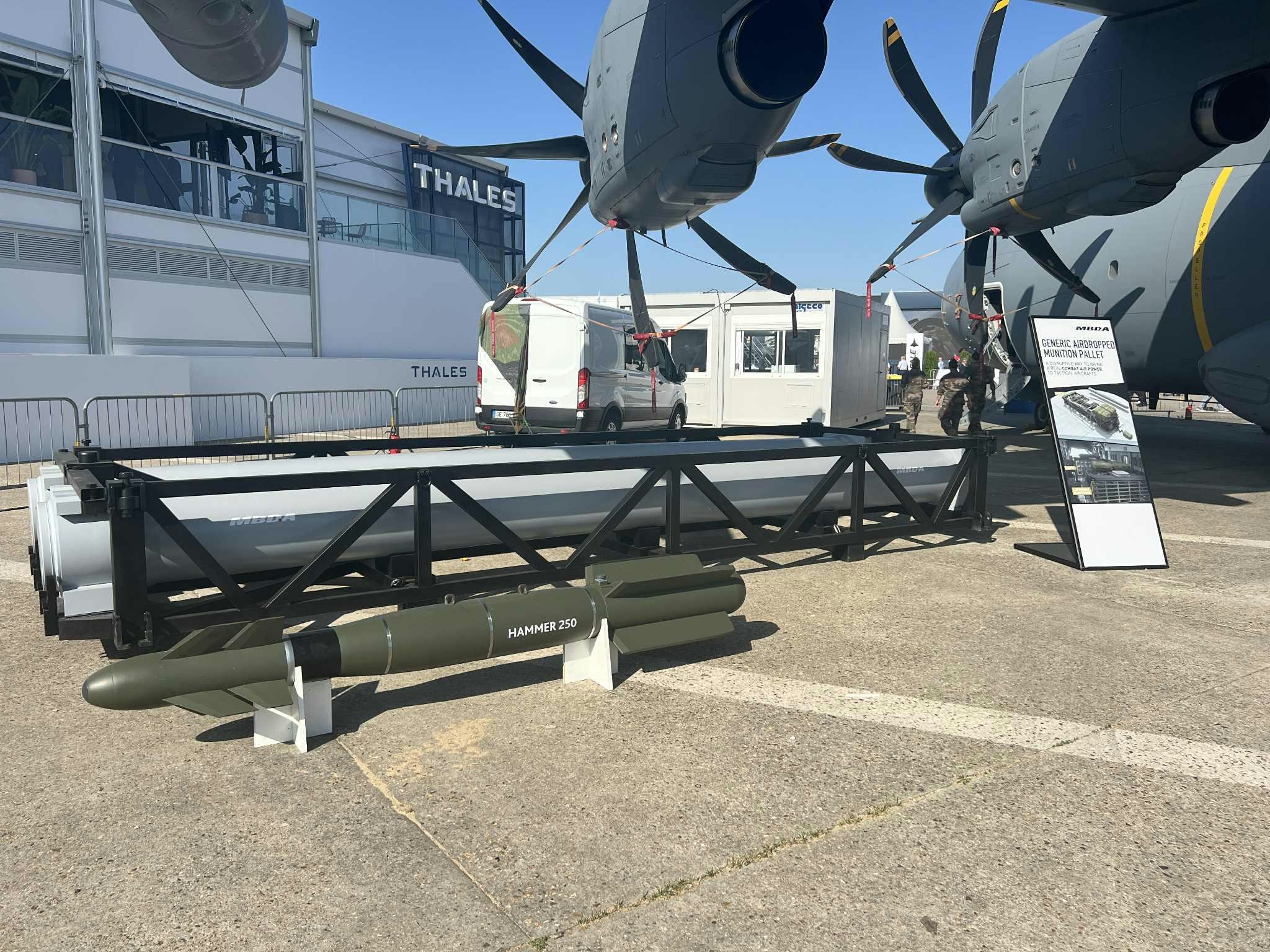
France to add 4 Airbus A400Ms as Atlas gains new missions
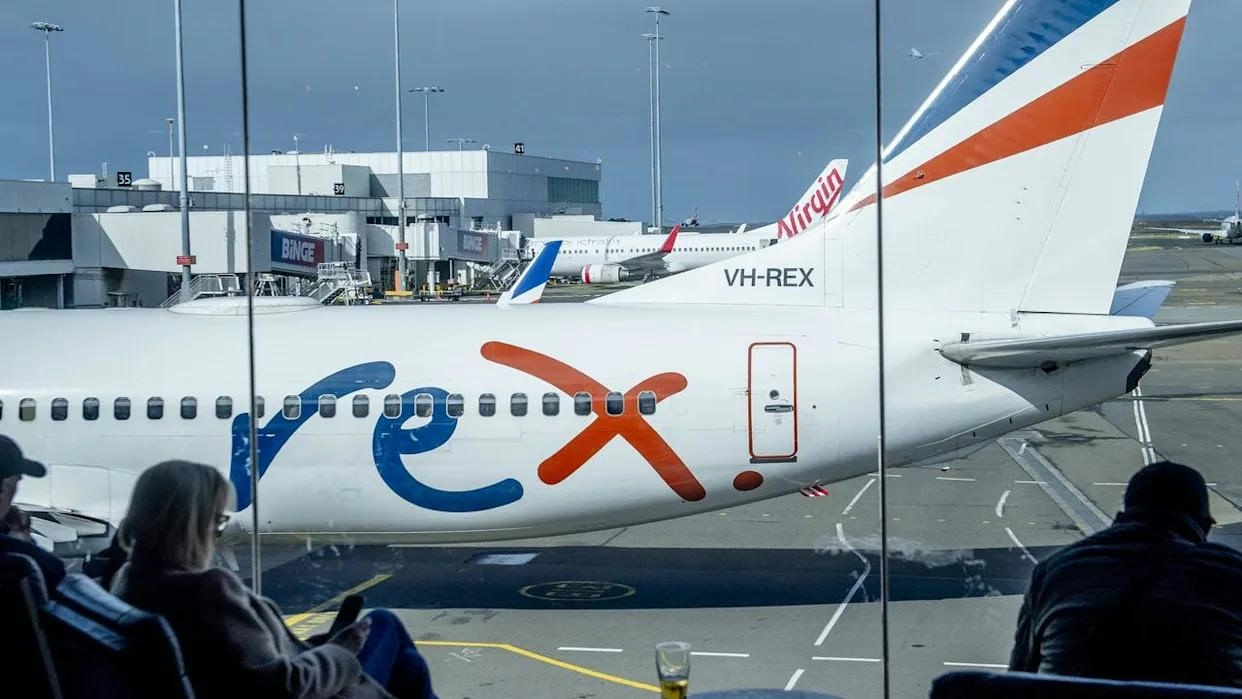
Air T to Acquire Rex
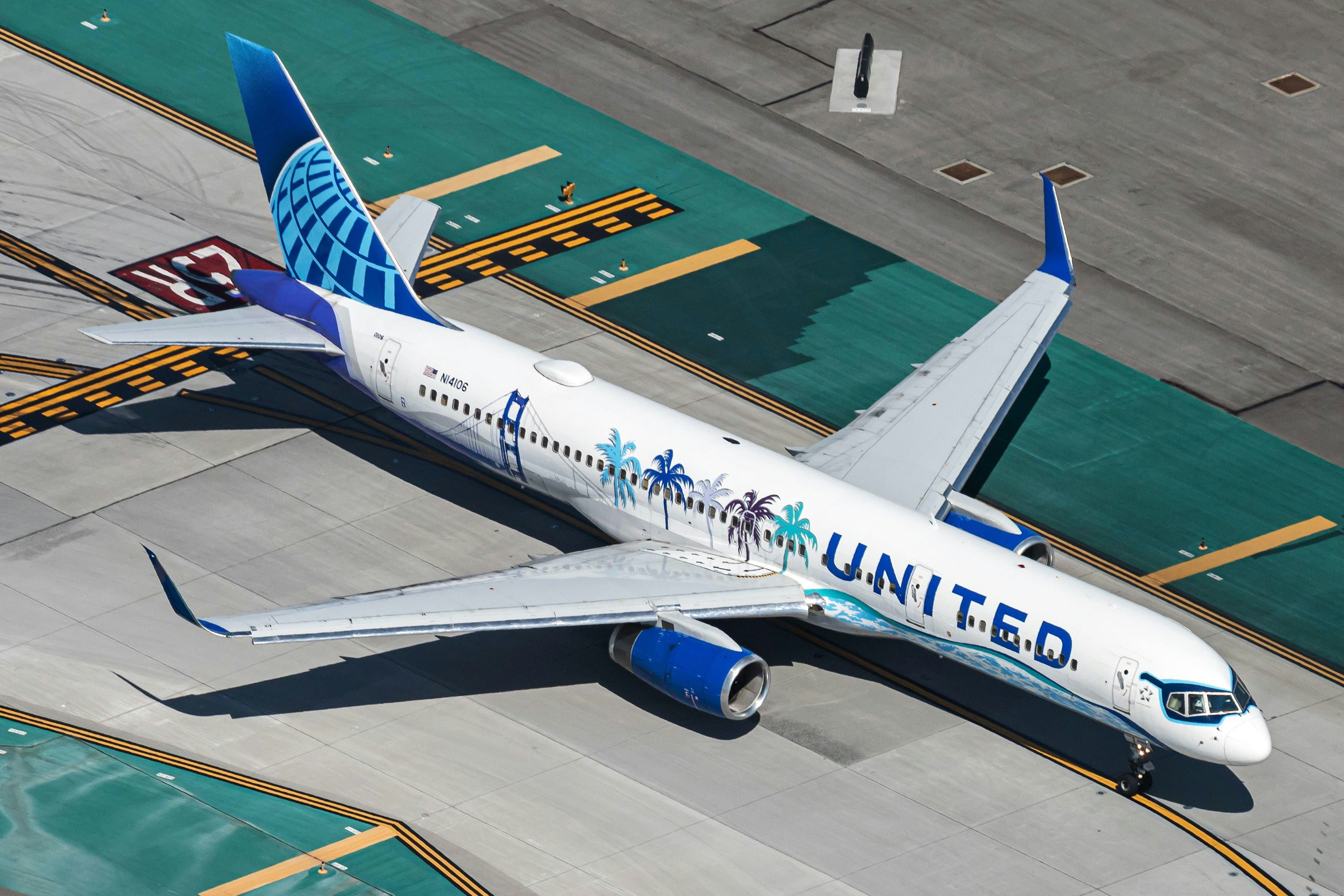
United Airlines to Replace Boeing 757 Fleet
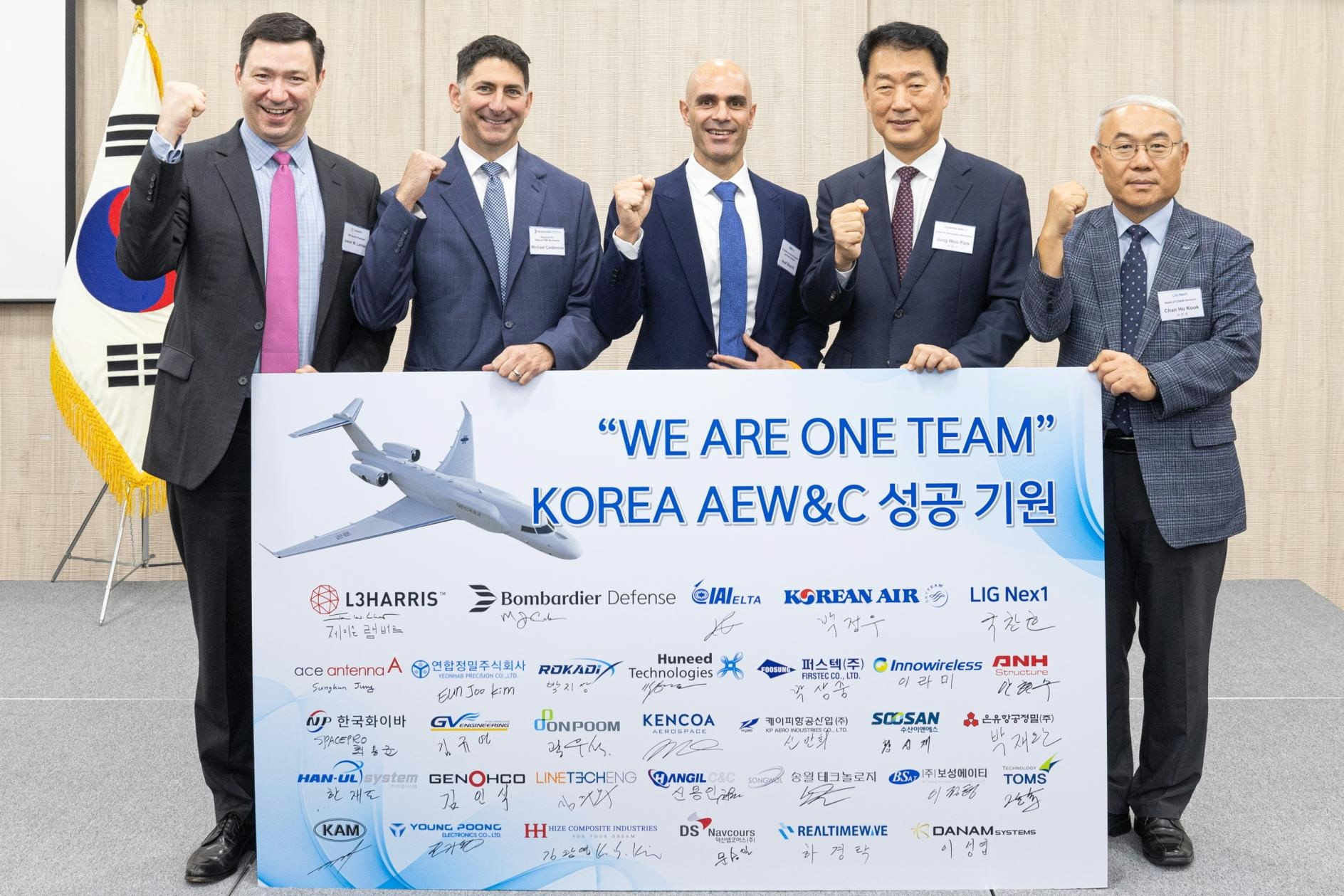
L3Harris to Supply Next-Generation Surveillance Jets to South Korea
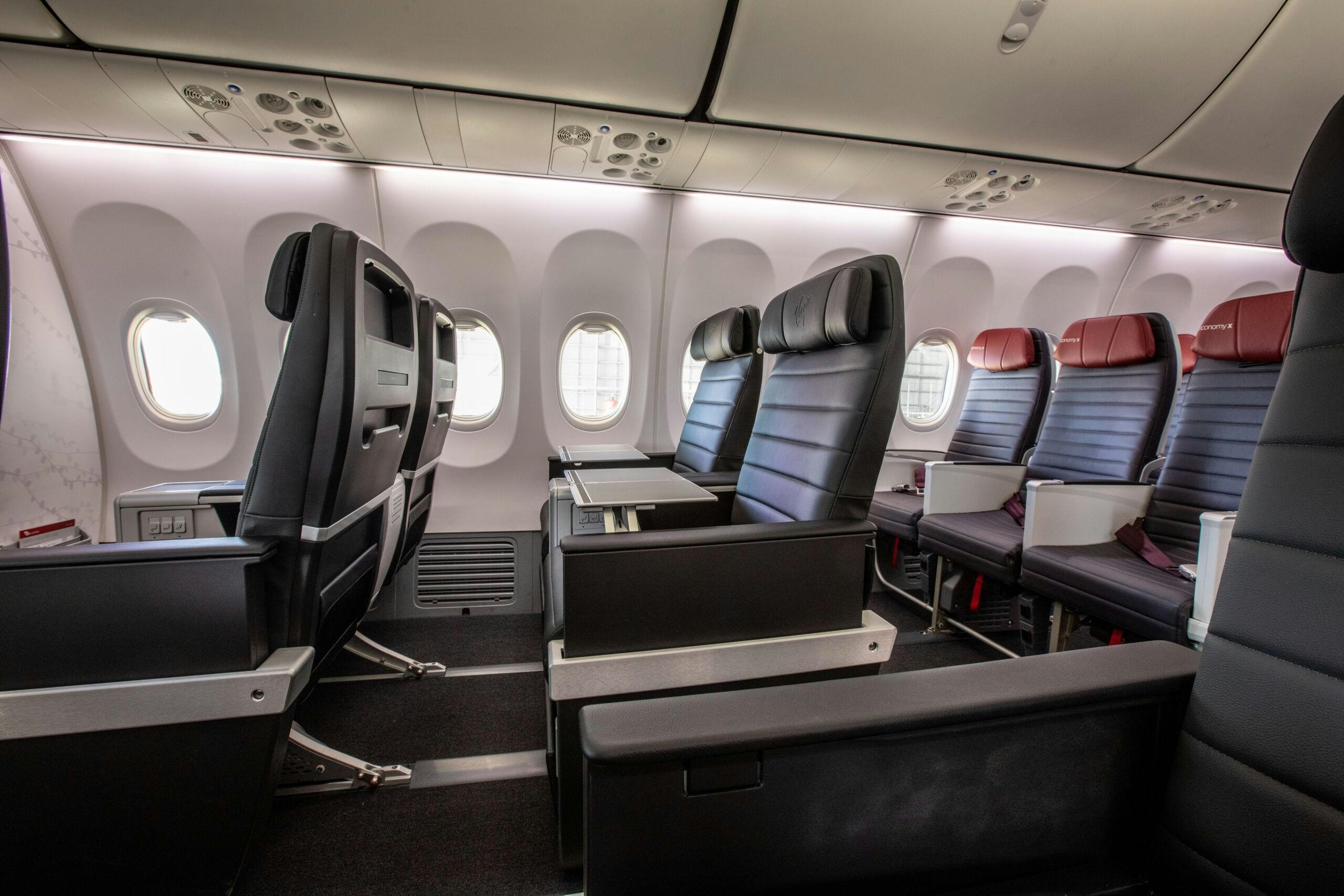
Virgin Chooses Boeing for Starlink In-Flight Connectivity Modifications
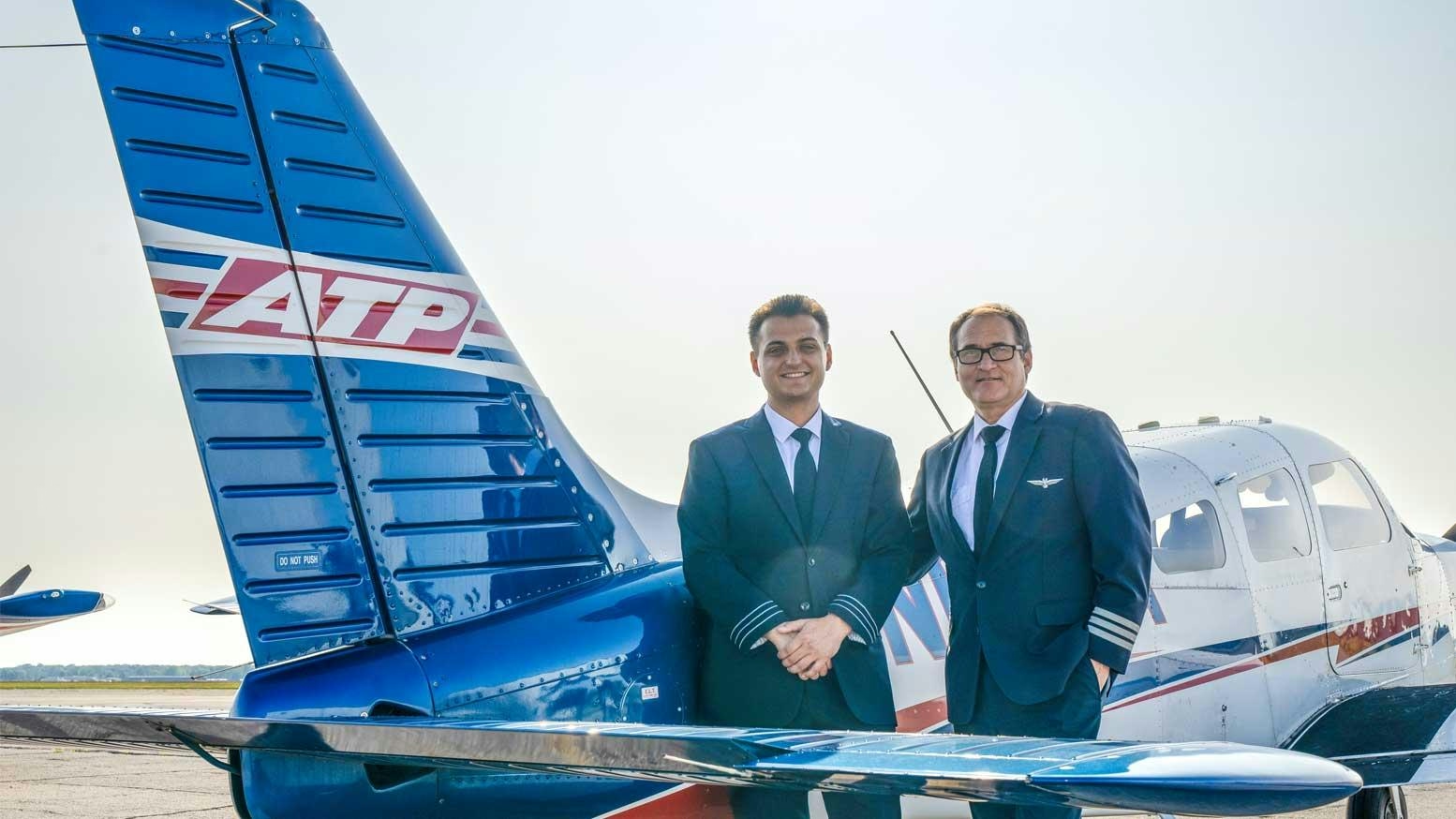
Jet Aviation Celebrates 40 Years of Aircraft Services in the US
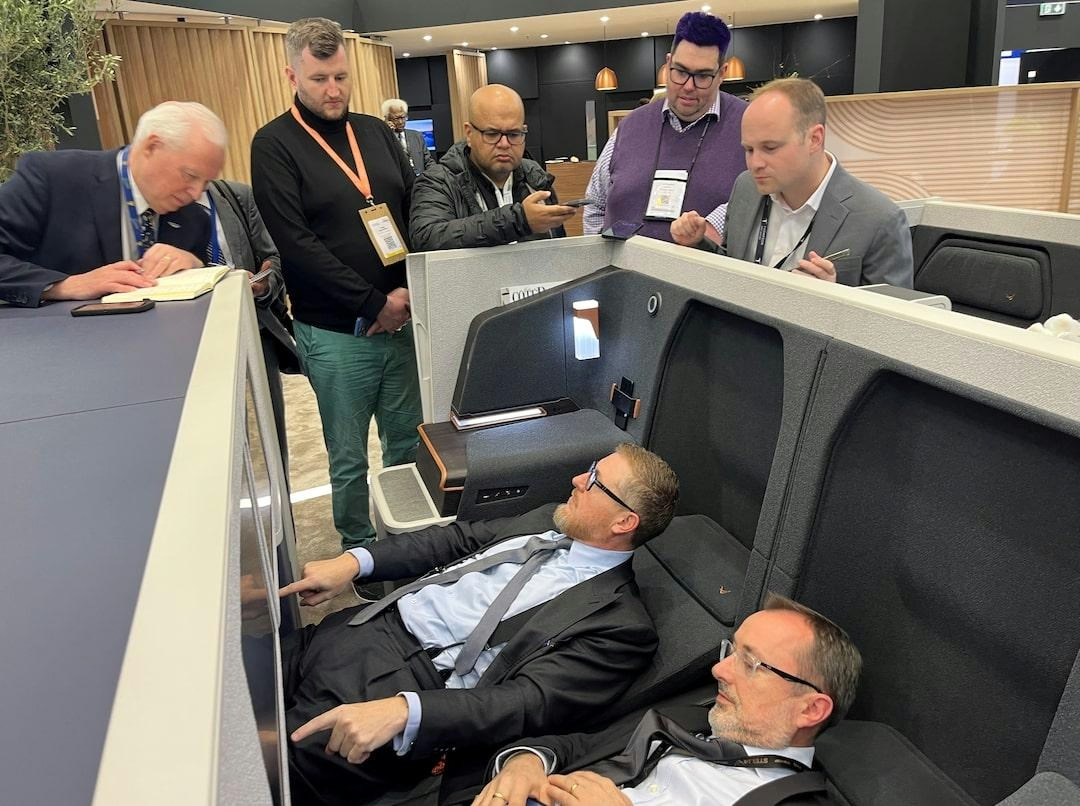
Cabin Interior Delays Continue to Affect Jet Deliveries
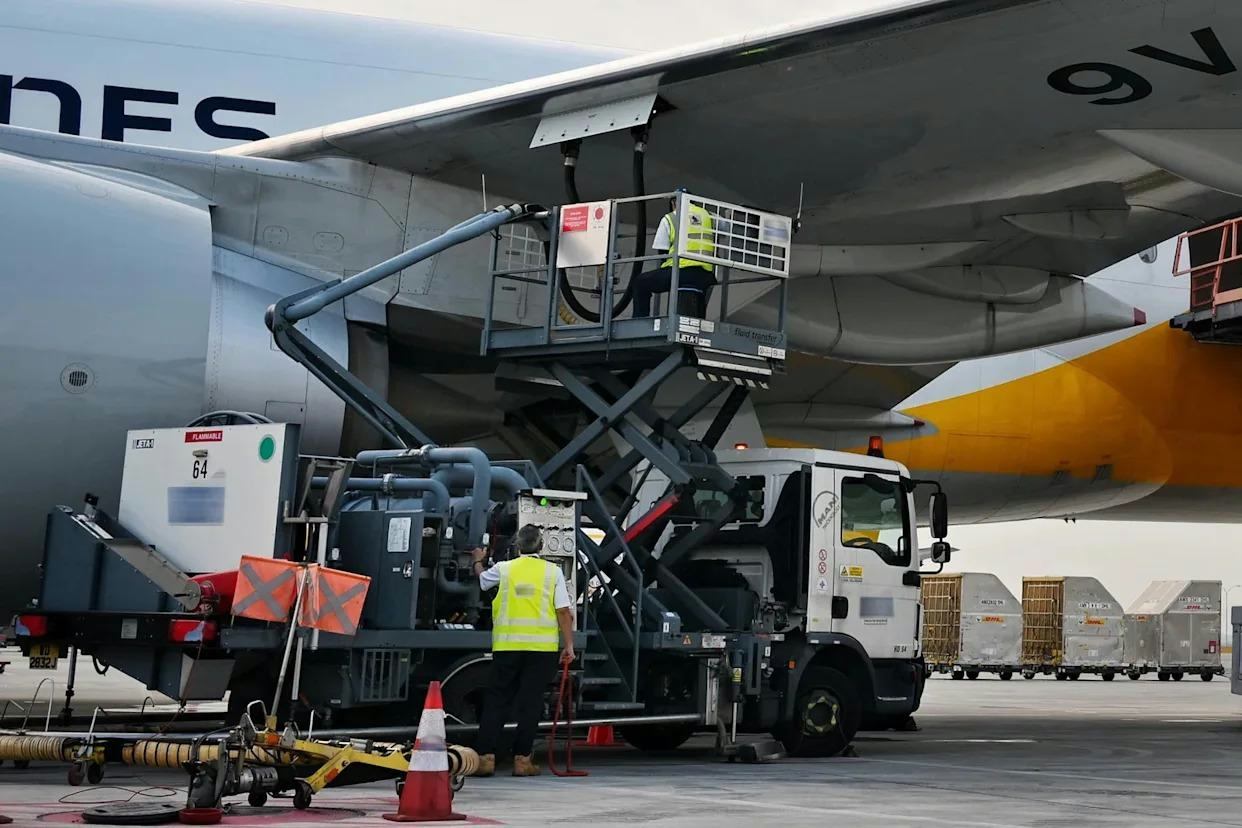
India Faces Fuel and Financing Challenges in Competing with Dubai and Singapore's Aviation Sectors
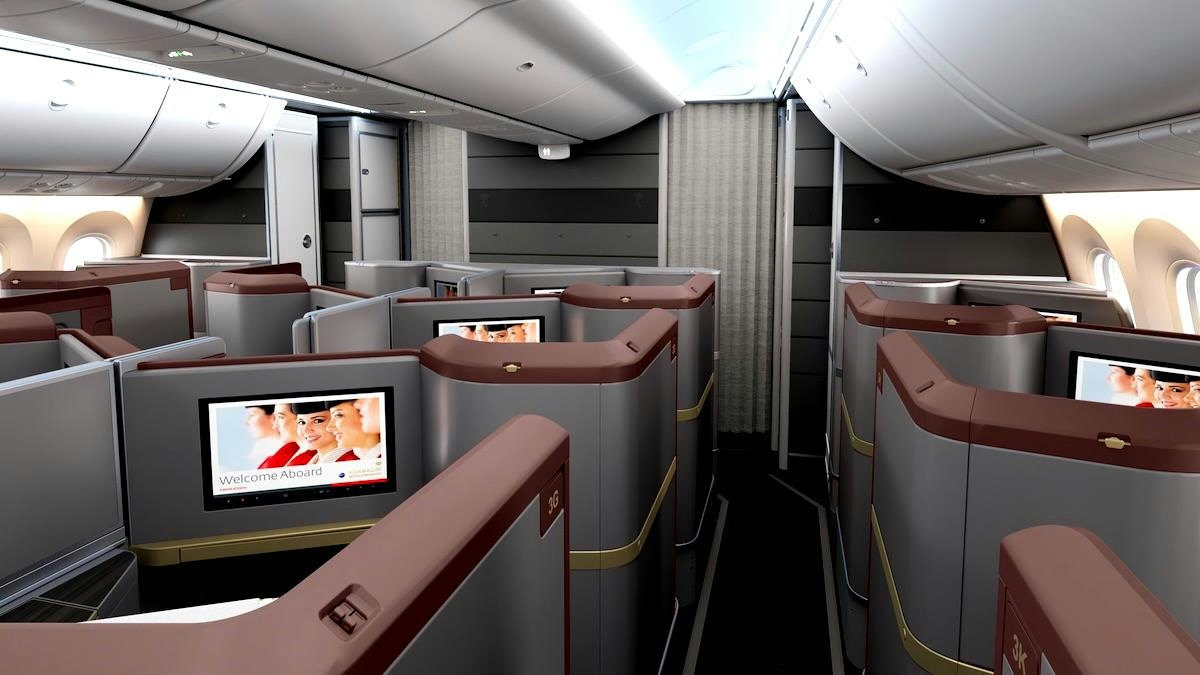
Royal Jordanian to Refurbish Boeing 787-8 Fleet
